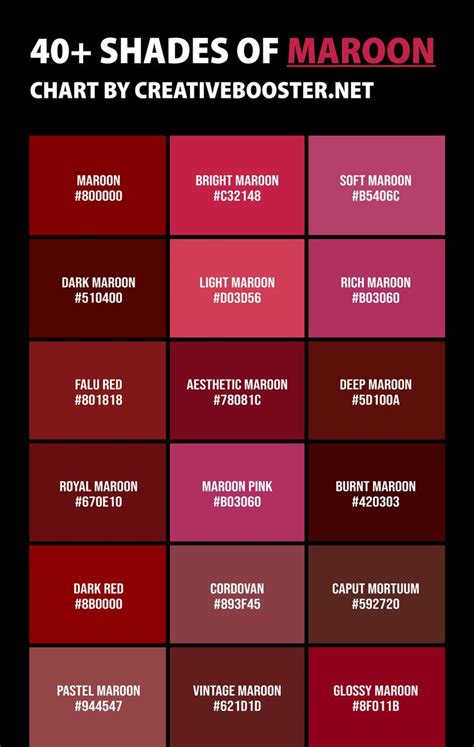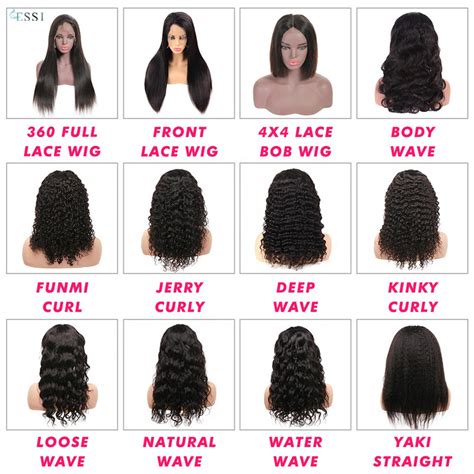Alopecia, a condition that causes hair loss, can be a devastating experience for many people. It can lead to feelings of self-consciousness, embarrassment, and even depression. However, with the help of wigs, people with alopecia can regain their confidence and feel like themselves again.

In this article, we will answer 33 of the most common questions about wigs for alopecia, so that you can make an informed decision about whether a wig is right for you.
There are three basic types of wigs for alopecia:
- Synthetic wigs are made from man-made materials, such as nylon or acrylic. They are less expensive than natural hair wigs, but they can also be less comfortable and less natural looking.
- Natural hair wigs are made from human hair. They are more expensive than synthetic wigs, but they are also more comfortable and natural looking.
- Blended wigs are made from a combination of human hair and synthetic fibers. They are a good compromise between synthetic and natural hair wigs, in terms of price, comfort, and appearance.
The best type of wig for you will depend on your individual needs and preferences, one of the best ways to decide is through online reviews. Here are some factors to consider:
-
Your budget: Synthetic wigs are less expensive than natural hair wigs, but they can also be less comfortable and less natural looking.
-
Your lifestyle: If you are active or live in a humid climate, you may want to choose a synthetic wig, which is more durable and less likely to frizz.
-
Your personal preferences: Ultimately, the best type of wig for you is the one that you feel most comfortable and confident in.
To choose the right wig size, you will need to measure the circumference of your head. To do this, use a measuring tape to measure around your head, just above your eyebrows. The measurement should be in inches.
Once you have your measurement, you can consult a wig size chart to find the corresponding wig size. Most wig sizes are based on the circumference of the head, but some wig manufacturers also use other measurements, such as the crown circumference or the ear-to-ear measurement.
To put on a wig, follow these steps:
- Brush your hair to remove any tangles.
- Put on a wig cap. A wig cap will help to keep your own hair in place and prevent it from showing through the wig.
- Place the wig on your head and adjust it until it is comfortable.
- Secure the wig with bobby pins or wig tape.
To care for your wig, follow these tips:
- Wash your wig regularly. How often you need to wash your wig will depend on how often you wear it and how dirty it gets. However, most wigs should be washed every 1-2 weeks.
- Use a mild shampoo and conditioner. When washing your wig, use a mild shampoo and conditioner that is designed for synthetic or human hair wigs.
- Avoid using heat styling tools. Heat styling tools can damage wigs, so it is best to avoid using them if possible. If you must use heat styling tools, use them on a low setting and be sure to use a heat protectant spray.
- Store your wig properly. When you are not wearing your wig, store it in a cool, dry place. Avoid storing your wig in direct sunlight or in a humid environment.
The lifespan of a wig will depend on how well you care for it. However, most wigs will last for 6-12 months with proper care.
The cost of a wig will depend on the type of wig, the materials used, and the brand. Synthetic wigs typically cost between $100 and $500, while natural hair wigs can cost anywhere from $500 to $2,000.
You can buy wigs from a variety of places, including wig stores, beauty supply stores, and online retailers. When choosing a wig store, it is important to do your research and find a reputable store that sells high-quality wigs.
In some cases, you may be able to get a wig covered by insurance. However, this will depend on your individual insurance policy. To find out if your insurance policy covers wigs, contact your insurance provider.
There are many benefits to wearing a wig, including:
- Improved self-confidence
- Reduced stress
- Increased social interaction
- Improved quality of life
There are also some challenges to wearing a wig, including:
- Cost
- Maintenance
- Social stigma
There are a number of ways to overcome the challenges of wearing a wig, including:
- Finding a wig that fits well and looks natural
- Learning how to care for your wig properly
- Talking to your friends and family about your wig
- Joining a support group for people with alopecia
Wearing a wig can be a great way to regain your confidence and feel like yourself again. However, it is important to do your research and find a wig that is right for you. With proper care, your wig can last for many years and help you to live a full and happy life.
| Wig Type | Cost | Lifespan |
|---|---|---|
| Synthetic | $100-$500 | 6-12 months |
| Natural Hair | $500-$2,000 | 6-12 months |
| Blended | $200-$800 | 6-12 months |
| Wig Size | Circumference |
|---|---|
| Petite | 20-21 inches |
| Average | 21-22 inches |
| Large | 22-23 inches |
| Extra Large | 23-24 inches |
| Wig Care Tips |
|—|—|
| Wash your wig regularly. |
| Use a mild shampoo and conditioner. |
| Avoid using heat styling tools. |
| Store your wig properly. |
| Benefits of Wearing a Wig |
|—|—|
| Improved self-confidence |
| Reduced stress |
| Increased social interaction |
| Improved quality of life |
